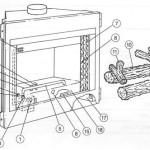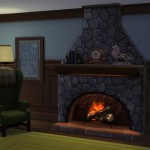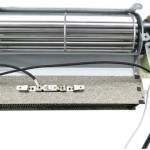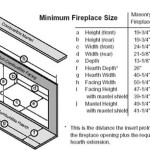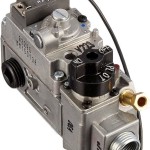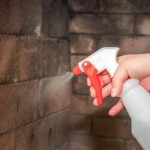Essential Aspects of Outdoor Masonry Fireplace Construction Details
Outdoor masonry fireplaces provide warmth, ambiance, and a focal point for any backyard. Constructing an outdoor masonry fireplace requires meticulous attention to details to ensure durability and safety. Here are essential aspects to consider:
Foundation: The foundation is the cornerstone of the fireplace, bearing the weight of the entire structure. It should extend below the frost line in the region and be constructed of concrete or compacted gravel. The footing should be 12-18 inches wide and 6-12 inches deep.
Firebox: The firebox is the interior chamber where the fire burns. It should be lined with firebrick to withstand high temperatures and prevent damage to the masonry. The firebox should be designed to allow for proper airflow and prevent smoke from entering the living area.
Flue and Chimney: The flue and chimney are responsible for carrying smoke and gases away from the firebox. The flue should be at least 8 inches in diameter and lined with stainless steel or terracotta liners. The chimney should extend at least 3 feet above the highest point of the roof to prevent downdrafts.
Mantle and Hearth: The mantle and hearth are decorative and functional elements of the fireplace. The mantle can be made of stone, concrete, or brick and serves as a shelf for décor. The hearth extends outward from the fireplace and protects the surrounding area from sparks and embers.
Joints and Mortar: Mortar is the adhesive that holds the masonry units together. It should be mixed in the proper proportions and carefully applied to create strong, durable joints. Joints should be struck, or finished, to prevent moisture penetration and improve aesthetics.
Materials: The choice of materials is crucial for the durability and appearance of the fireplace. Masonry units can be natural stone, brick, or concrete blocks. The materials should be rated for outdoor use and resistant to weathering and extreme temperatures.
Flashing: Flashing is a waterproof material installed at critical points to prevent water penetration. It should be installed around the chimney and any roof penetrations to divert rainwater away from the fireplace.
Safety Features: Safety is paramount when constructing an outdoor fireplace. A spark arrestor should be installed on the chimney to prevent sparks from escaping and starting a fire. Additionally, a screen or doors should be used to protect against flying embers.
Professional Installation: While it is possible for experienced DIYers to construct an outdoor masonry fireplace, it is highly recommended to hire a professional mason. They have the expertise and experience to ensure that the fireplace is built to code and up to safety standards.

Rumford Fireplace Plans Instructions Contemporary Outdoor Fireplaces

Concrete Masonry Fireplaces Entire Tek

Fireplaces A Construction Primer Masonry Fireplace Chimney Design Dimensions

Rumford Fireplace Plans Instructions

2024 International Residential Code Irc Icc Digital Codes

How To Build An Outdoor Fireplace Lovetoknow

Cabins Book A Guide To Building Your Own Nature Retreat Outdoor Fireplace Designs Plans Backyard
Residential Masonry Fireplaces And Chimneys

Home Dzine Garden Tips On Building An Outdoor Fireplace Build A Backyard

01 Fireplace Detail Outdoor Plans Stone Fireplaces Chimney Design

